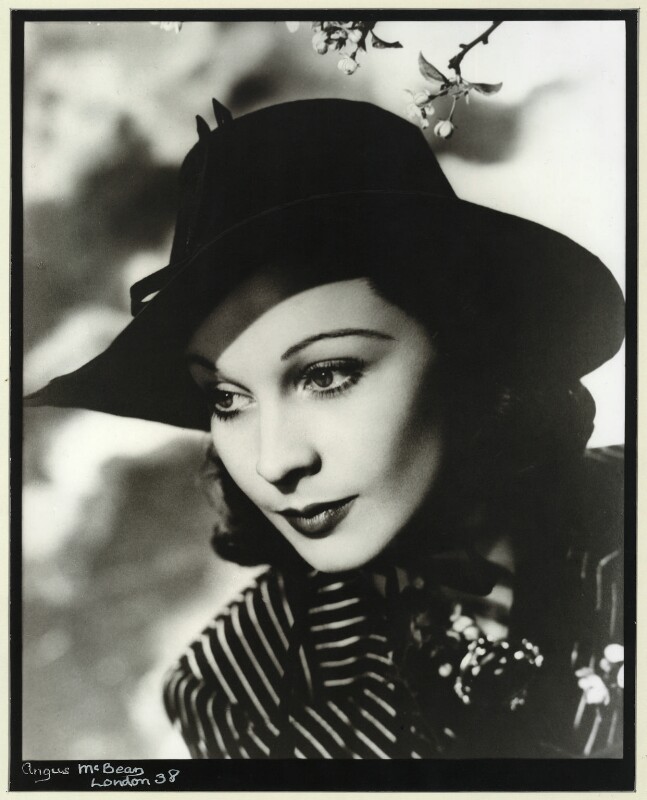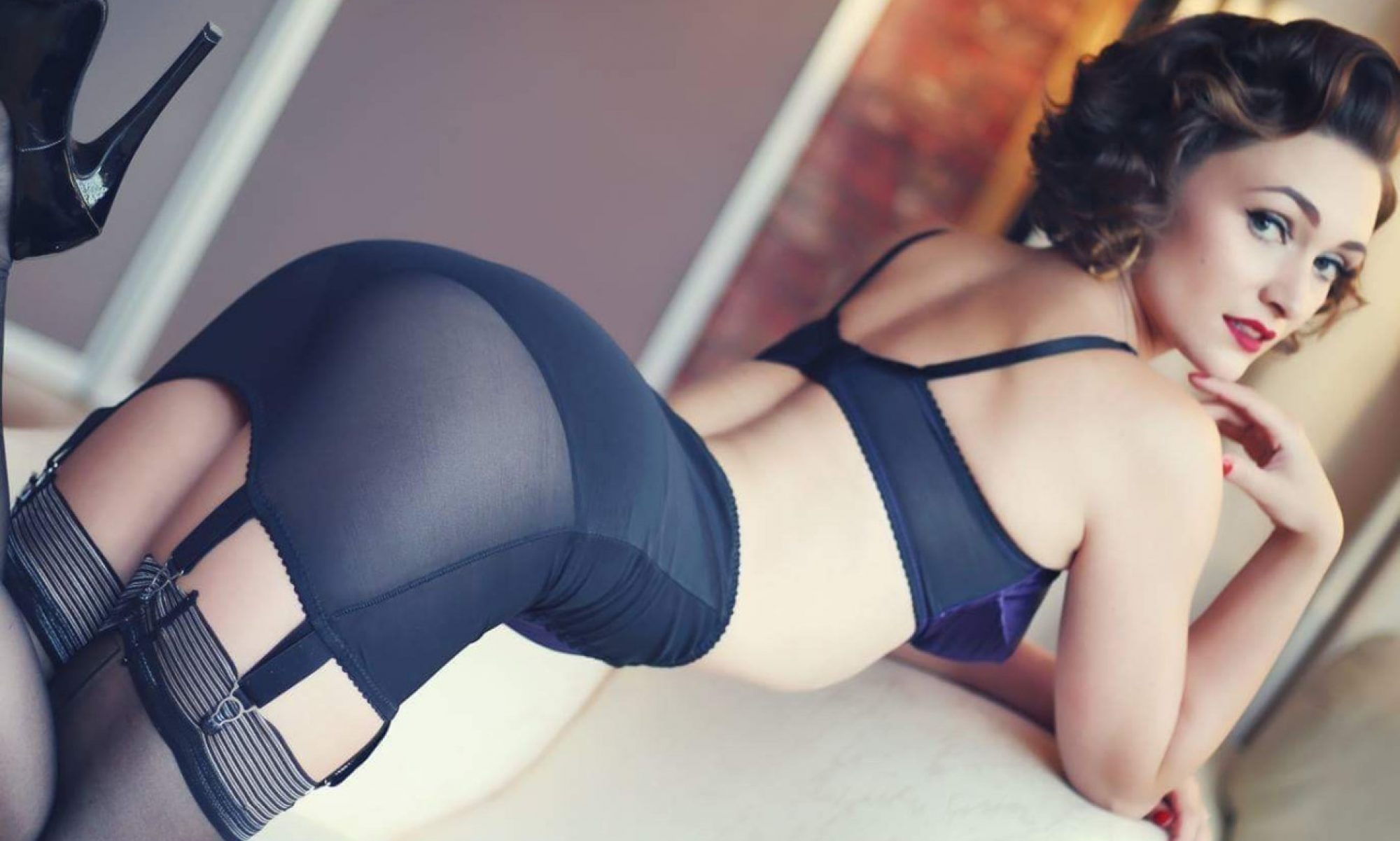Part 5 – Lighting.

Bernard was nearly giving himself a hernia as he lifted a heavy light into position in the studio.
“You really should be more careful,” I said as he finished positioning it. “You could do yourself a nasty injury lifting those lights.”
I was applying a deep red nail polish to my toes, and as he turned on the lights they reflected pleasingly, and I was enjoying a moment of contented relaxation, disturbed only by his wheezing and puffing as a result of his exertions.
Bernard really should chill out, with his heart problems and everything. Still, I have told him – but if he will ignore my advice… You see, you can only help people who want to be helped. My healing nature is wasted on him.
Once upon a time photographers were all about natural light versus artificial light. The famous pictures of Vivian Leigh auditioning for her role in Gone With The Wind required the genius Angus McBean to use no less than 43 separate light sources to create what at first glance looked like natural light. https://www.npg.org.uk/collections/search/portrait/mw111962/Vivien-Leigh
These days things are a little different. Instead of using complex light metering techniques it’s easier just to take the shot and see how it turns out. If necessary you can make another and adjust a few settings if you really feel the need. Of course, today it doesn’t cost $25 each time you hit the shutter. That’s a close approximation to what each frame would have cost someone using a large format camera in the 1940’s. The cost of film, processing and printing was the limiting factor.
Today’s phones and cameras are so far ahead in every respect that there’s no good reason not to try and secure that great shot. The only limitation is really your own imagination. Nonetheless, playing with lighting sources can be fun, and looking at experiments can give a great creativity to your pictures.
When the camera tells you to use flash, it can be precisely the time not to use any artificial light at all. Having a tripod helps keep the camera still, and you may need to for longer exposures (when the shutter automatically remains open longer enough to get a decent image). Also, using longer exposures can give some great effects. Turning off flash, and doing a selfie by a road with busy traffic at night can result in some great effects as car lights leave a scar across the image. Experimenting with low light pictures can give you unexpectedly great pictures. A little experience and you start to get the images you want.
Rather than thinking “flash or no flash”, let’s also think about some of the things you can do with flash. Putting a little colored tissue over the flash will give a color cast over the things that the flash reaches – such as yourself. If you’re going to do this then consider the clothes you’re wearing. A plain white blouse will reflect the color of a flash filter very nicely. Don’t be too surprised if your face comes out with some weird cast though. A cool trick for this is to shoot with a color filter on the flash (tissue or gel works) in a nightclub where there are lots of other light sources. It can provide a feel to the pic that otherwise would have been missing.
If you prefer to work only with daylight, then be aware of a common misconception. While photographs in bright sunshine can be crystal clear they will always have more harsh shadows than a picture taken on a slightly overcast day. Many portraits are diminished by the hard shadows of a bright sunny day. Photographs taken when the sky is a little more forgiving are often more complimentary. Equally, photographs taken late in the day, when the light is slightly flatter and cast with the color of the sunset can be far more interesting. Using flash on a bright summers day sounds unusual, however it has the effect of reducing the shadows and softening the face. Sometimes you’ll hear this referred to as fill in flash, or forced flash. You’ll also find that this eliminates camera shake effectively.

Knowing your equipment is one of the easiest ways to improve your photographs. If you are ever in doubt how to turn on the flash and use it to punch in extra color and light simply Google it. It’s a very useful technique to master.
A final word about lighting. Using lights that happen to be around the place can be a very cool way to get interesting effects. Fluorescent lights often give a green cast that’s not that attractive. However, some lights use a bulb that gives a pleasant and gentle light. Often desk lamps and standard lamps are not very powerful, but don’t let that deter you from experimenting. There’s a lot of mileage and some great images taken just by arranging the available lights in a creative manner.
Years ago I used to shoot for The Guardian. Yes, there’s a little nugget for you. I did a great deal of work on the arts pages. I have shot more than my fair share of ballerinas. Calm down… I would often take subjects to one of the final places in London to use gas lighting, The Inns Of Court in the legal district of The City Of London. The effect, when shooting at 2 AM, was that my subjects skin would appear creamy soft because of the strange nature of these archaic lights.
A great way to experiment with lighting is to use a darkened room and use the desk lamp and none other. Do a shot in the path of the light, and then take a look at it. Pay attention to the color of the light as it is rendered in the image – which may be different to what you believe you are seeing when it’s not a photo. As you add additional lights the blending of the colors and shadows will change. The key is to experiment. Once you find a lighting set up that really works, make a note of it and try doing a few different poses and costume styles with it.
When using two lights, think of one as the primary light and the other as a secondary light. Positioning the secondary light lower can have the effect of flattening the skin a little and removing some wrinkles. Experimenting with the balance of the lights, moving one forward and one further away, will give you a variety of effects. When you find something that’s working, be sure to make a note of the combination so that you can use it with other costumes later.
The best thing you can do is experiment with lighting styles – artificial and natural. Be fearless in your use of light. It will shine through in your photography.
